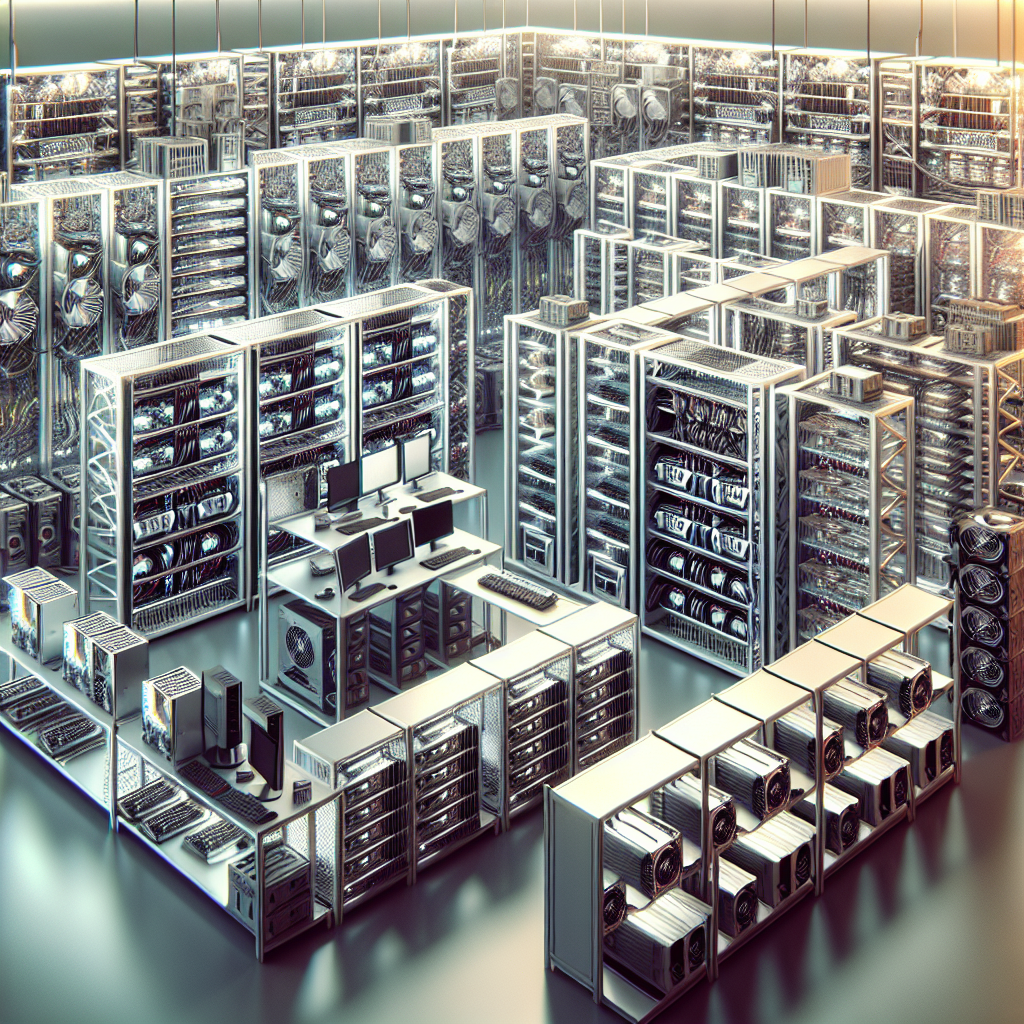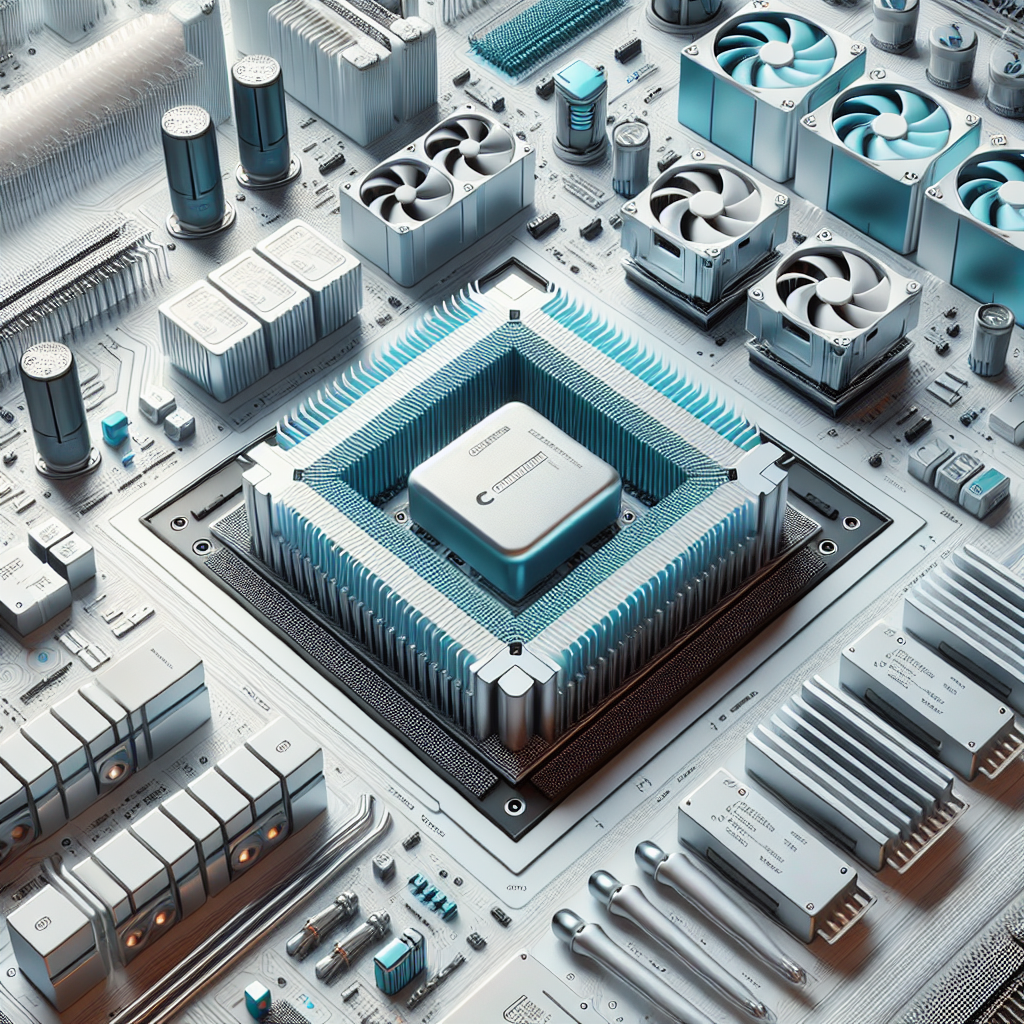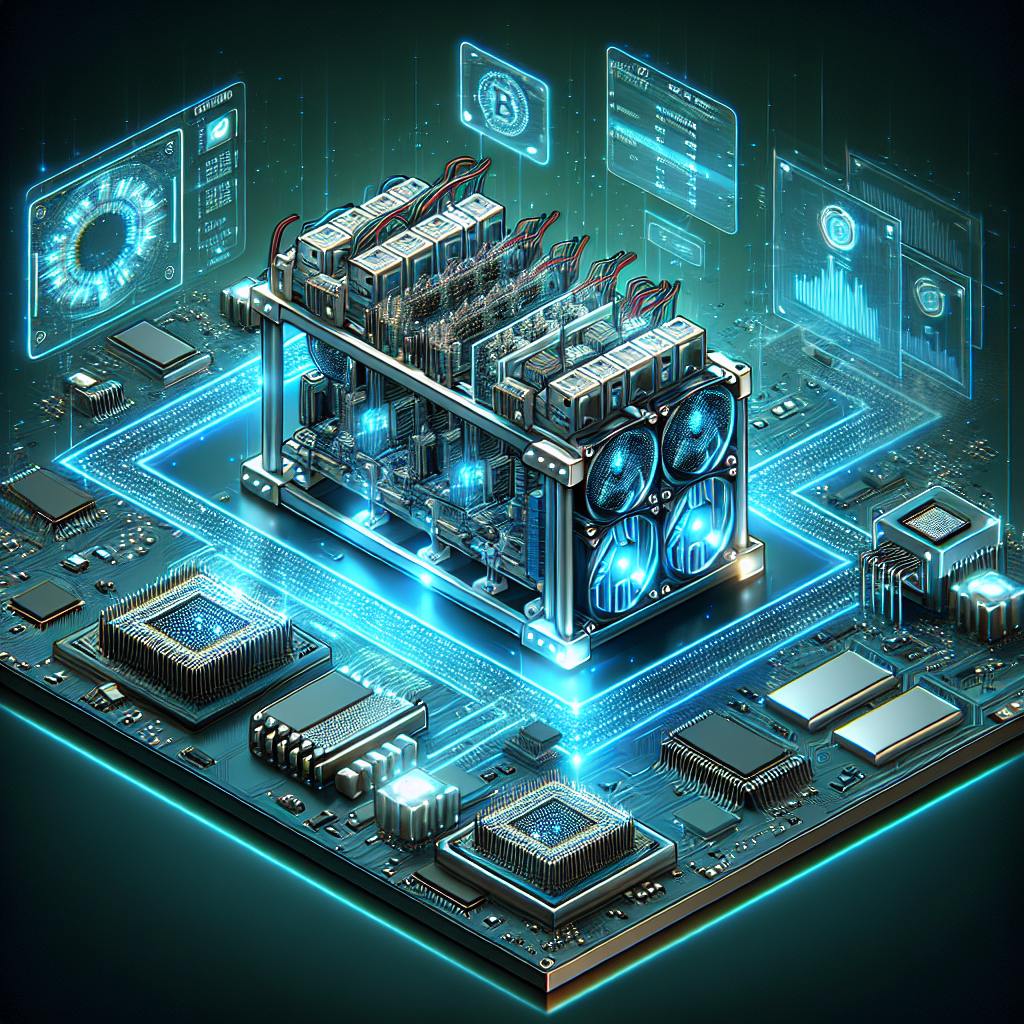Unlock the Full Potential of Your ASIC Mining Investment
ASIC miners represent the cutting edge of cryptocurrency mining technology, offering unparalleled hash rates and efficiency for serious miners. Understanding how to maximize your ASIC miner rewards is essential for profitable mining operations.
Explore Top ASIC Miners
Understanding ASIC Miner Rewards
How ASIC Mining Rewards Work
ASIC miners earn rewards by solving complex mathematical problems that validate transactions on blockchain networks. The reward structure typically consists of block rewards and transaction fees. As miners successfully validate blocks, they receive newly minted coins plus the fees associated with transactions in that block.
The profitability of an ASIC miner depends on several factors including hash rate, power consumption, electricity costs, and the current value of the cryptocurrency being mined. Higher hash rates mean more chances to solve blocks and earn rewards.
Factors Affecting Mining Rewards
- Network Difficulty: As more miners join the network, the difficulty increases, requiring more computational power to earn the same rewards.
- Halving Events: Many cryptocurrencies like Bitcoin have programmed halving events that reduce the block reward by 50%.
- Electricity Costs: Lower electricity costs significantly improve profitability margins.
- Hardware Efficiency: Newer ASIC models offer better hash rates per watt, improving reward-to-cost ratios.
Frequently Asked Questions
What is the average ROI period for an ASIC miner?
ROI periods typically range from 8-16 months depending on market conditions, electricity costs, and the efficiency of your ASIC model. Premium models with higher hash rates often achieve faster ROI despite higher initial costs.
How do I calculate my potential ASIC miner rewards?
To calculate potential rewards, you'll need to consider your miner's hash rate, the network difficulty, current block rewards, and electricity costs. Many online calculators can help estimate daily, weekly, and monthly rewards based on these parameters.
Maximizing Your ASIC Mining Rewards

Optimizing Performance
Proper maintenance and optimization can increase your ASIC miner's lifespan and efficiency. Ensure adequate cooling, regular cleaning of dust, and optimal environmental conditions. Some miners also benefit from firmware upgrades that can improve hash rates or reduce power consumption.

Strategic Pool Selection
Choosing the right mining pool can significantly impact your rewards. Larger pools offer more consistent but smaller rewards, while smaller pools may provide larger but less frequent payouts. Consider factors like pool fees, payout methods, and minimum threshold when selecting a mining pool for your ASIC operation.

Energy Cost Management
Electricity costs often represent the largest ongoing expense for ASIC mining. Consider renewable energy options, locations with lower electricity rates, or mining during off-peak hours if possible. Some miners use immersion cooling to improve efficiency and reduce cooling costs in hot environments.
Advanced Strategies for Maximizing Rewards
Profit Switching Algorithms
Some mining management software can automatically switch between different coins based on profitability, ensuring your ASIC miner is always working on the most profitable cryptocurrency it can mine.
Strategic Selling vs. Holding
Developing a strategy for when to sell or hold your mined cryptocurrency can significantly impact overall profitability. Some miners immediately convert to fiat to cover operational costs, while others hold for potential appreciation.
Hardware Lifecycle Management
Planning for hardware upgrades and knowing when to sell older equipment can optimize your overall mining operation. Typically, selling ASIC miners before they become obsolete allows you to recoup some investment and upgrade to more efficient models.
Common Questions About Maximizing ASIC Rewards
Is it better to mine Bitcoin or altcoins with ASIC miners?
This depends on your specific ASIC model, as they're typically designed for particular algorithms. Bitcoin mining uses SHA-256, while other cryptocurrencies use different algorithms like Scrypt or X11. The most profitable option varies based on market conditions, difficulty levels, and your hardware specifications.
How can I reduce the noise from my ASIC miners while maintaining rewards?
Noise reduction strategies include immersion cooling, sound-dampening enclosures, and strategic placement. However, ensure any noise reduction method doesn't compromise cooling, as overheating can reduce hash rates and shorten your equipment's lifespan.
When is the best time to upgrade my ASIC mining equipment?
Consider upgrading when newer models offer at least 30-50% better efficiency or when your current equipment is approaching the break-even point where electricity costs nearly equal mining rewards. Also watch for major network difficulty increases that might render older equipment unprofitable.
The Future of ASIC Mining Rewards
Evolving Technology and Efficiency
The ASIC mining industry continues to evolve with more efficient chips, better cooling systems, and lower power consumption. Next-generation miners are expected to deliver significantly higher hash rates while consuming less electricity, potentially extending profitability even as difficulty increases.
Manufacturers are also exploring alternative materials and designs that could revolutionize mining hardware, potentially creating new opportunities for miners to maximize rewards even in competitive environments.
Regulatory Considerations
Increasing regulatory attention to cryptocurrency mining, particularly regarding energy consumption, may impact future mining operations. Some jurisdictions are implementing policies that favor renewable energy for mining operations, which could affect operational costs and location strategies.
Staying informed about regulatory developments in different regions can help miners position themselves advantageously and potentially access incentives for green mining practices.
